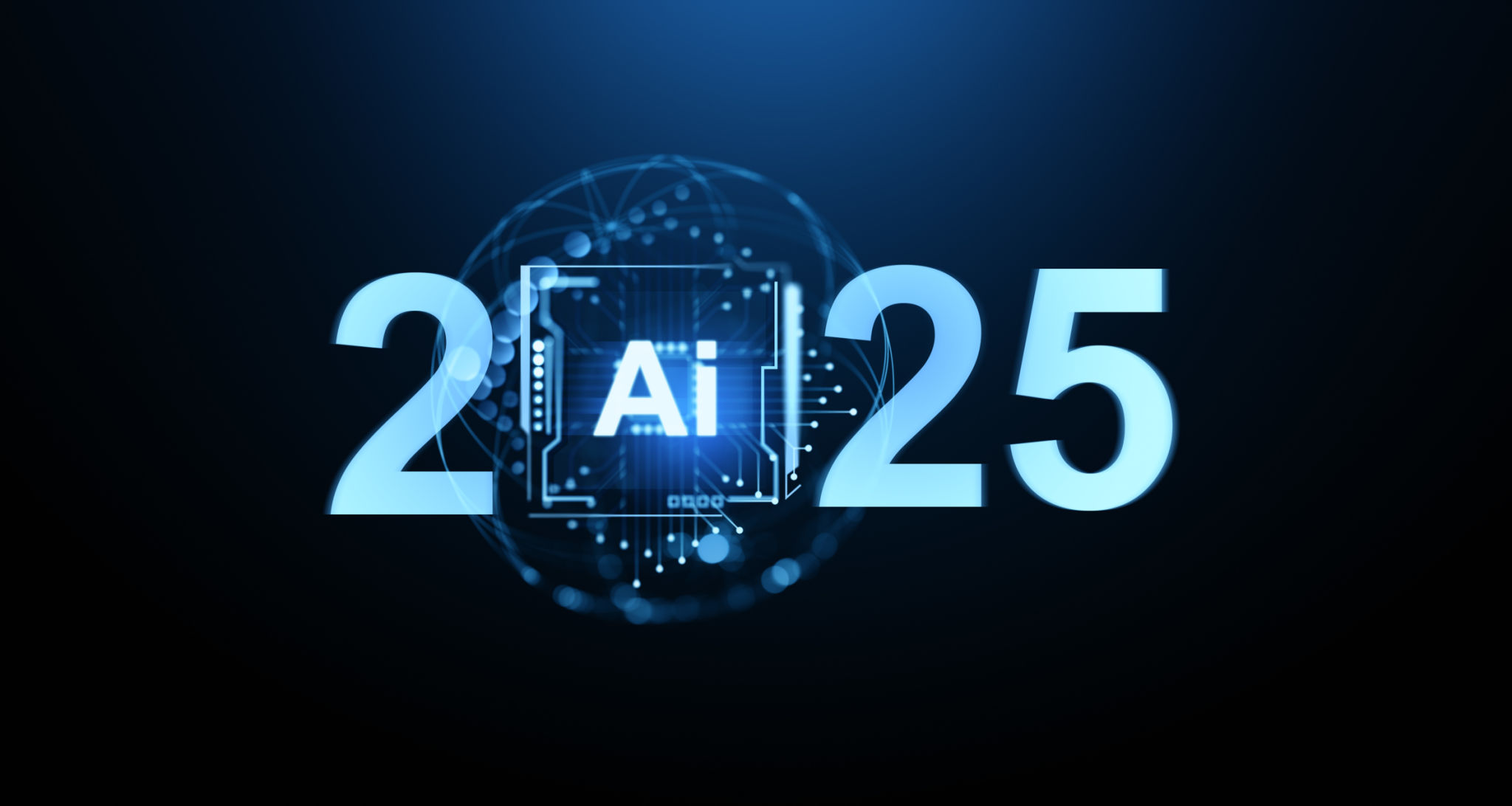The State of AI in 2025: What Business Leaders Need to Know
Artificial intelligence is now a central feature in modern business leadership. Companies in nearly every sector are using AI to automate processes, improve decision-making, and uncover new business opportunities. Adoption has been so widespread that many organizations already consider AI an essential pillar for growth, efficiency, and long-term strategy.
Where AI Stands in Business Today
The use of AI in business is mainstream. Large organizations, mid-sized firms, and a growing number of small enterprises use AI to automate customer service, optimize supply chains, detect fraud, and personalize marketing. AI tools perform tasks ranging from analyzing large data sets to providing instant customer responses.
One significant trend is AI's influence on marketing and sales. Companies use AI-driven analytic platforms to quickly understand consumer behavior and market trends. This allows for precision in targeting customers and drives higher conversion rates. In logistics, AI predicts demand and manages resources, which improves both speed and reliability for deliveries and services.
Another key area is automation. AI now handles many repetitive tasks in areas such as human resources, finance, and IT support. This frees up employees to focus on more creative or strategic work, and allows businesses to reduce costs and increase productivity. Companies that invest early in automation tend to maintain a competitive advantage as their workflows become more efficient.

The Advantages Leaders Are Seeing
- Customer Personalization: AI tailors products, services, and communications to individual preferences, boosting customer satisfaction and loyalty.
- Speed and Efficiency: AI systems operate continuously, analyze massive volumes of data quickly, and deliver results in real time.
- Risk Reduction: With AI-driven analytics, organizations are able to predict risks earlier and plan effective responses.
- Cost Savings: By automating routine and work-intensive tasks, AI helps companies cut operational costs.
Key Challenges and Pitfalls
Despite these successes, leaders face several challenges with AI adoption:
Data Quality: The success of AI depends heavily on having clean, organized, and robust data. Many firms struggle with outdated or messy data sets, leading to less reliable outcomes.
Bias and Fairness: If AI models are trained on biased data, this can produce unfair or even illegal results, especially in hiring, lending, and healthcare applications.
Explainability: Many AI models work in ways that are not easily understood by humans. When errors occur, it can be hard to trace and fix the root cause.
Security: As AI systems become critical infrastructure, they attract more sophisticated cyber-attacks. Keeping these systems secure and compliant is a growing concern.

Oversight and Accountability: With automation making more decisions, business leaders must implement regular audits and human oversight to avoid costly errors.
Unintended Consequences and Mishaps.
There have been notable instances of AI-related problems in business. Some AI projects failed because employee skill levels could not keep pace with rapid implementation. In other cases, AI made decisions based on incomplete data, causing reputational damage and, in severe cases, legal issues. AI-related errors in automating customer messages or approving transactions have generated public backlash and regulatory attention.
Another increasingly common issue is “AI fatigue.” Some companies abandoned AI projects after struggling to see fast results or measure a clear return on investment. Employees sometimes complain about increased burnout, especially if AI tools replace the human element in high-touch roles or add complexity to daily routines.
Steps for Mitigating Risks
To stay ahead, business leaders should focus on key safeguards:
- Invest in Data Infrastructure: Ensure data is accurate, up-to-date, and stored securely.
- Prioritize Human Oversight: Keep people involved in oversight and decision review processes to catch errors early.
- Regularly Test and Audit AI Systems: Conduct stress and security testing, and review systems for fairness and bias.
- Train and Reskill Employees: Help workers adapt to AI-enhanced workflows so technology complements, rather than replaces, their expertise.
- Stay Updated on Regulations: Monitor new legal and ethical guidelines on AI use and build compliance into all AI projects.

Trends Shaping the Near Future
- Hyperautomation: Entire workflows, not just individual steps, are now automated, often using AI-as-a-Service platforms.
- Digital Trust: Consumers and regulators demand transparency about how AI is used and how decisions are made.
- Human-AI Collaboration: The best outcomes often come from a mix of machine speed and human judgment.
- Continuous Learning: AI models get smarter as businesses deploy them longer, provided they are monitored and updated.
- As the field moves forward, leaders’ choices will influence not only business results but also their company’s reputation and position in society. Getting AI right is a mix of strong technical planning, thoughtful risk management, and a commitment to ongoing human oversight.
Citations:
Digital Silk: AI Statistics In 2025: Key Trends And Usage Data
Artificial Intelligence Index Report 2025
MDPI: Artificial Intelligence in SMEs: Enhancing Business Functions Through Technologies and Applications
IEEE: Technical Review of ERP System Applications and Artificial Intelligence in the Textile Industry
Business Law Review: Artificial Intelligence (AI) in Financial Services: China’s Business Practices and Legal Implications
Future BME: The Impact of AI Technologies on Organizational Structure and Business Processes
IJBEL: Engaging Artificial Intelligence (AI) in Developing a Sustainable Hospitality and Business Events Industry
SEC: NEURALBASE AI LTD; Testing, Security, Bias and Fairness in Business AI Platforms
